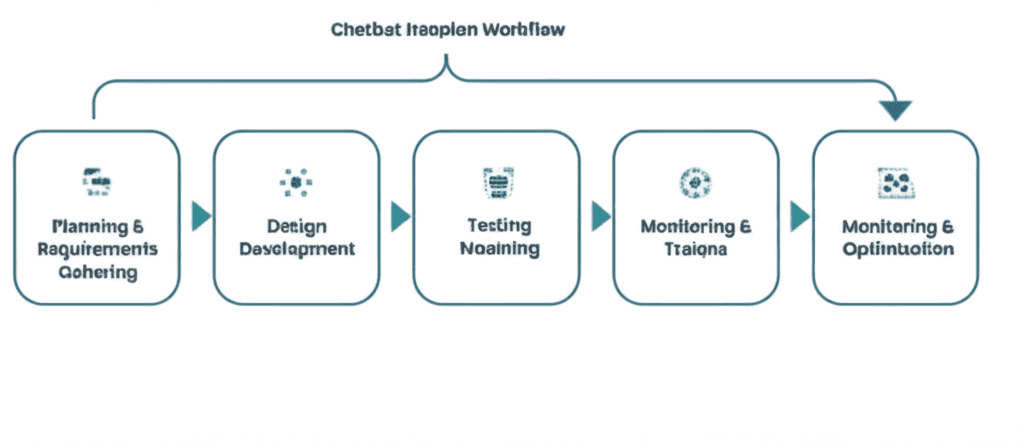The Future of Conversational AI: Trends and Predictions for 2024
Explore the latest developments in conversational AI and discover what the future holds for intelligent customer interactions.

Conversational AI has evolved dramatically over the past few years, transforming from simple rule-based chatbots to sophisticated systems capable of understanding context, emotion, and intent. As we look toward 2024 and beyond, several key trends are shaping the future of this technology.
The Rise of Multimodal Conversations
One of the most significant developments in conversational AI is the shift toward multimodal interactions. Modern AI systems are no longer limited to text-based conversations. They can now process and respond to voice, images, videos, and even gestures, creating more natural and intuitive user experiences.
This evolution is particularly important for businesses looking to create seamless customer experiences across multiple touchpoints. Imagine a customer starting a conversation via text on your website, continuing it through voice on their mobile device, and completing it with visual elements on a smart display.
Enhanced Emotional Intelligence
The next generation of conversational AI systems will demonstrate unprecedented emotional intelligence. These systems will be able to detect subtle emotional cues in text, voice tone, and even facial expressions, allowing them to respond with appropriate empathy and understanding.
This capability is revolutionary for customer service applications, where understanding a customer's emotional state can be the difference between a resolved issue and a lost customer. AI systems will be able to escalate conversations to human agents when they detect frustration or provide additional reassurance when they sense uncertainty.
Personalization at Scale
Advanced machine learning algorithms are enabling conversational AI to deliver highly personalized experiences at scale. These systems can remember previous interactions, understand individual preferences, and adapt their communication style to match each user's needs.
For businesses, this means being able to provide personalized customer service to thousands of customers simultaneously, something that would be impossible with human agents alone. The AI can remember a customer's purchase history, preferences, and previous issues, providing context-aware assistance that feels genuinely helpful.
Integration with Business Systems
Modern conversational AI platforms are becoming increasingly sophisticated in their ability to integrate with existing business systems. This integration allows AI assistants to perform complex tasks like processing orders, scheduling appointments, updating customer records, and even initiating workflows in other systems.
The result is a more efficient business operation where routine tasks are automated, allowing human employees to focus on higher-value activities that require creativity, critical thinking, and complex problem-solving.
Challenges and Considerations
Despite these exciting developments, several challenges remain. Privacy and data security continue to be paramount concerns, especially as AI systems become more sophisticated and handle more sensitive information. Businesses must ensure they're implementing robust security measures and maintaining transparency about how customer data is used.
Additionally, the importance of maintaining human oversight cannot be overstated. While AI systems are becoming more capable, they still require human guidance to ensure they're making appropriate decisions and providing accurate information.
Looking Ahead
The future of conversational AI is bright, with continued advancements in natural language processing, machine learning, and integration capabilities. Businesses that embrace these technologies now will be well-positioned to provide superior customer experiences and operational efficiency in the years to come.
As we move forward, the key to success will be finding the right balance between AI automation and human touch, ensuring that technology enhances rather than replaces the human elements that customers value most.


